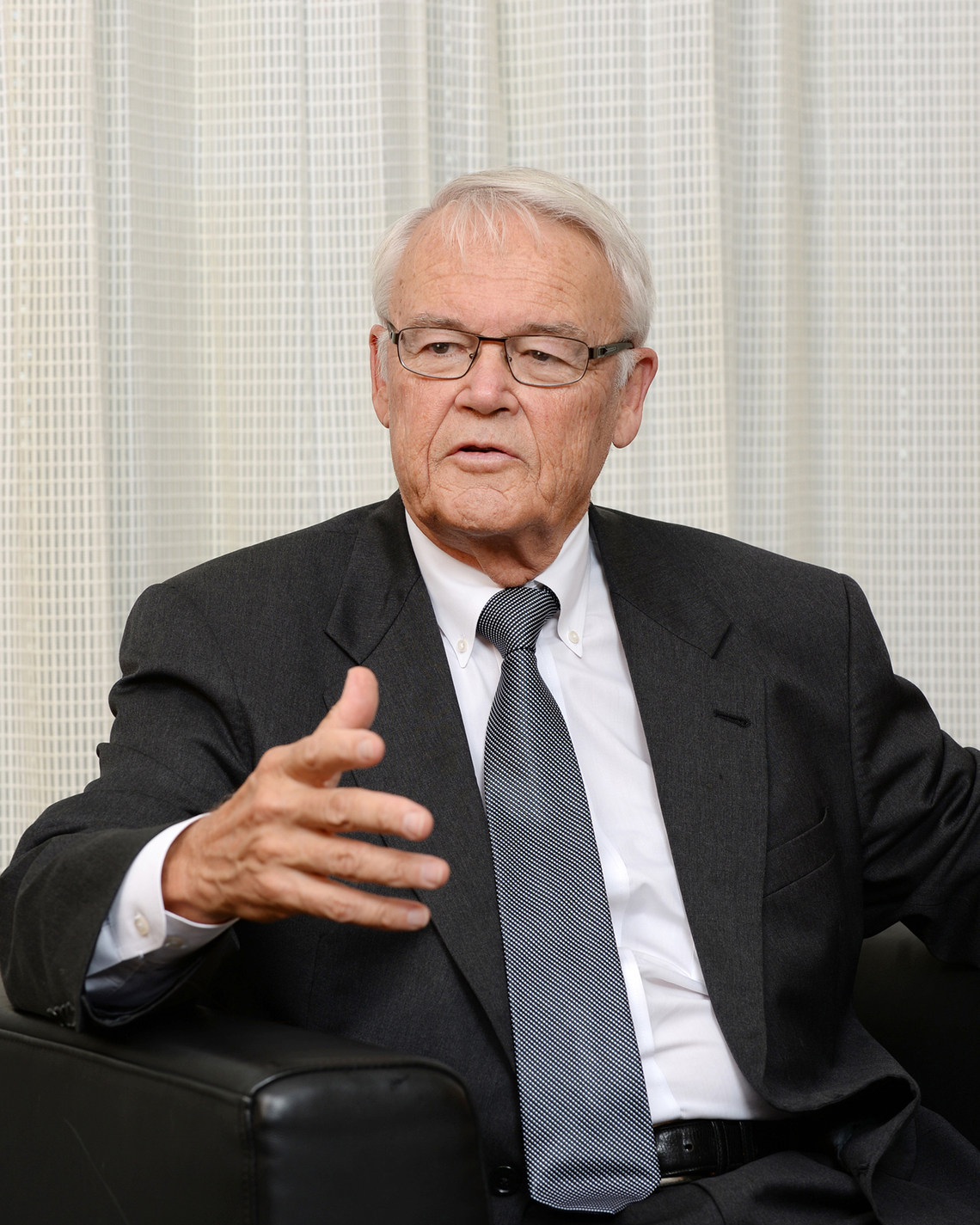The undeniable reality we must face: "Only those interested are interested"
Ogata: Let's discuss Professor Aaker's latest work, 'Aaker on Branding'. This book comprehensively synthesizes ideas you've previously presented in various articles and books, yet it also impressively introduces new concepts and insights. For instance, you've reframed the term "brand identity" used previously as "brand vision" in this work.

Aaker: "Brand identity" was the term I used in my earlier books, Building Strong Brands and Brand Leadership. Both sold quite well, so I hesitated to change it. However, some people interpreted "brand identity" to mean the brand logo or graphic design, which wasn't my intended meaning. Additionally, I felt "Brand Vision" better conveys a forward-looking, aspirational image, so I deliberately decided to change it.
As Mr. Ogata mentioned, Brand Theory comprehensively summarizes the branding concepts outlined in my previous works, while also introducing new ideas not previously discussed. One such concept is the "Customer Sweet Spot" I mentioned earlier.
Ogata: Could you explain the "customer sweet spot" again, as it plays a crucial role in building relationships with consumers?
Arker: The fundamental understanding we must have is this reality: generally, only a very small segment of people are highly interested in a product. For everyone else, the product receives almost no attention. Therefore, broadly advertising a product's features or why one should buy it rarely translates into a purchase motivation. If no purchase motivation arises, people won't feel inclined to share that information with others either.
What companies should focus on, then, is what people are genuinely interested in on a daily basis. Mothers care about baby care; young women care about beauty. By capturing those interests and engaging in a way that makes people want to talk about it with others, you can potentially create a purchasing motivation. That is the "sweet spot."
Ogata: So it's about deepening customer engagement.
Arker: Exactly. While I'm particularly thinking about engagement on social media and digital activities, this approach is effective in many other areas too. Think about it: by providing topics related to baby care or beauty, you build relationships with customers, increase visibility, and also become more likely to be liked and respected. But simply delivering straight product information about diapers or cosmetics won't create that effect.
The "Customer Sweet Spot" that exists in both B2B and B2C
Ogata: I think the concept of "targeting the sweet spot" is easier for B2C companies targeting consumers to adopt. How about B2B brands?
Arker: It actually works even better for B2B. Take Hobart, an American company that manufactures kitchen equipment for restaurants, hotels, and hospitals. At one point, Hobart significantly reduced its product promotions. Instead, they started focusing entirely on topics related to their customers' concerns and problems. For example, they addressed various issues customers genuinely cared about: how to find top talent, how to retain and train them after hiring, how to safely store food, how to create appealing menus, and more. They published a magazine featuring these topics and also provided the same information online. Furthermore, at trade shows, they set up consultation booths for troubleshooting, and their advertisements featured topics like proper handwashing techniques to prevent food poisoning. In this way, they made a major shift toward focusing on what truly matters to their customers.
Ogata: Was digital technology a factor enabling this shift?
Arker: Actually, no. Hobart made its major shift in the 1990s, before the digital era arrived. Even then, we were publishing magazines and giving presentations at culinary industry conferences. Of course, when the internet emerged, we responded quickly and began offering our existing content online as well.
Then, while this is a B2C case, Tanita is a good example among Japanese companies. As you know, Tanita didn't focus on how accurate or lightweight their products were; they focused on weight loss. By gathering and providing all kinds of information on effective weight loss methods, they became a partner for consumers concerned about weight management. Furthermore, they expanded their domain into food, pursuing effective dietary methods for weight control. They eventually opened restaurants and even published cookbooks. This is another excellent example of focusing on consumers' sweet spots rather than solely on product features.







